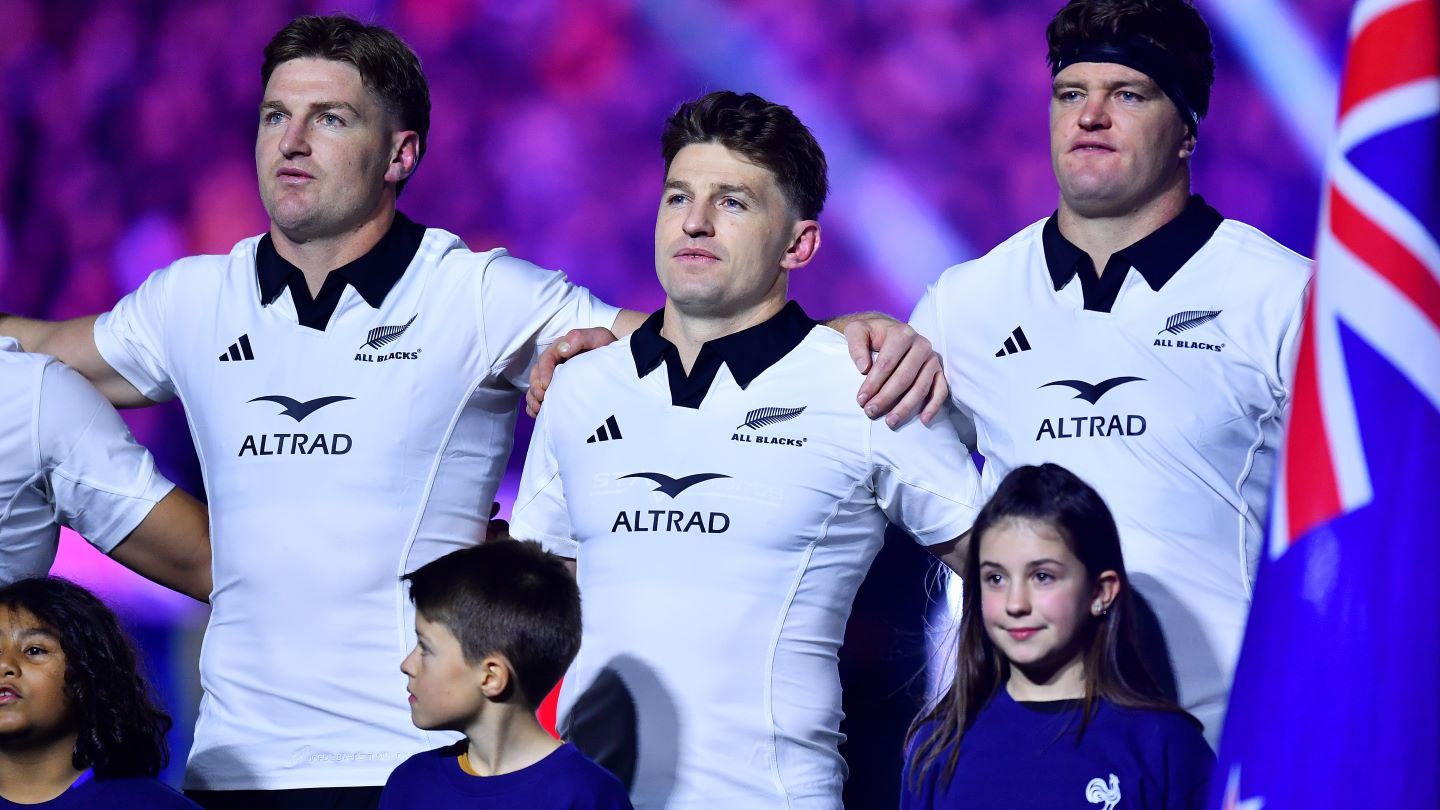
The New Zealand Rugby (NZR) governing body posted a loss of NZ$19.5 million ($11.6 million) despite bringing in record income for the 2024 financial year.
In 2023, NZR recorded a loss of NZ$8.9 million, which was a significant improvement on the NZ47.4 million 2022 figure.

Discover B2B Marketing That Performs
Combine business intelligence and editorial excellence to reach engaged professionals across 36 leading media platforms.
Operationally, the organization achieved a near break-even result for the year ending December 31, 2024, supported by income of NZ$285 million, up from NZ$267.8 million in 2023, and continued growth in commercial revenue.
The largest revenue sector was sponsorship and licensing, which delivered NZ125.8 million of the total figure (up from NZ$120.9 million), while broadcast rights netted NZ$100.4 million (an increase from NZ$85.9 million). Matchday income was up to NZ$32 million from NZ$17.1 million in the prior year.
Commercial revenue reached “record levels” in 2024 for NZR which said it is “continuing to build out commercial partnership opportunities both onshore and offshore.”
NZR chief executive Mark Robinson stated that in the 2024 financial year, further investment was put into commercial revenue growth opportunities through NZR as part of the Project Future deal with private equity firm Silver Lake.

US Tariffs are shifting - will you react or anticipate?
Don’t let policy changes catch you off guard. Stay proactive with real-time data and expert analysis.
By GlobalDataNZR sold a minority stake in its commercial business to Silver Lake in 2022, with the pair setting up the New Zealand Rugby Commercial (NZRC) arm to house the organization’s rights.
Robinson said: “In total NZ$38 million was tagged to use for future commercial initiatives, and in 2024, we drew down NZ$11.7 million to invest in NZR+ to continue to grow its reach and tell our stories. While this is about the long-term, we also believe this is generating positive commercial outcomes in the short-term.”
NZR recently reached a settlement agreement with petrochemical giant Ineos in April following their dispute over the early termination of a sponsorship deal. The governing body said this had no impact on its 2024 commercial revenues.
While the organisation came close to breaking even operationally, it attributed the financial loss to foreign exchange hedging on sponsorship revenue and investment into revenue growth initiatives through NZRC.
NZR chair David Kirk said while the NZ$19.5 million loss was noteworthy, he stressed that this is not a cash loss and pointed to the body’s NZ$174.5 million reserves as a sign of its strong cash position.
Kirk said: “Achieving a new high watermark of NZ$285 million income, healthy commercial revenue streams in what is a difficult international operating environment, and reinvesting into the game at all levels, are grounds for optimism.
“NZR retains an incredibly strong balance sheet which is vital for rugby in New Zealand and its ability to weather any major shocks.”
Robinson added that further work was needed to achieve a sustainable financial model for rugby.
He said: “Pleasingly, we continued to grow our commercial revenue, with strong results in sponsorship and matchday revenue, we retained our cash position and reserves, and operationally, delivered a near break-even result.
“However, we are committed to working on a sustainable financial model for our game as this year’s result again demonstrates that the high fixed-cost structure we live within is not sustainable, even as we grow our overall revenue. That work will step up in earnest this year.”
NZR revealed that in addition to the work taking place around the structure and financial sustainability of the game, key negotiations continue on broadcast rights as well as a new group strategy.
From the NZ$304.8 million of expenditure, meanwhile, competitions run by NZR cost NZ$126.5 million as opposed to NZ$125.4 million, while administration expenses rose year-on-year – from NZ$21.9 million to NZ27.8 million.



